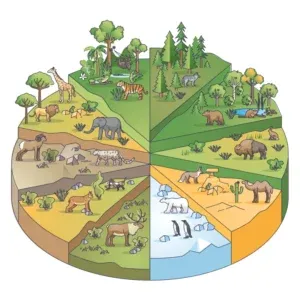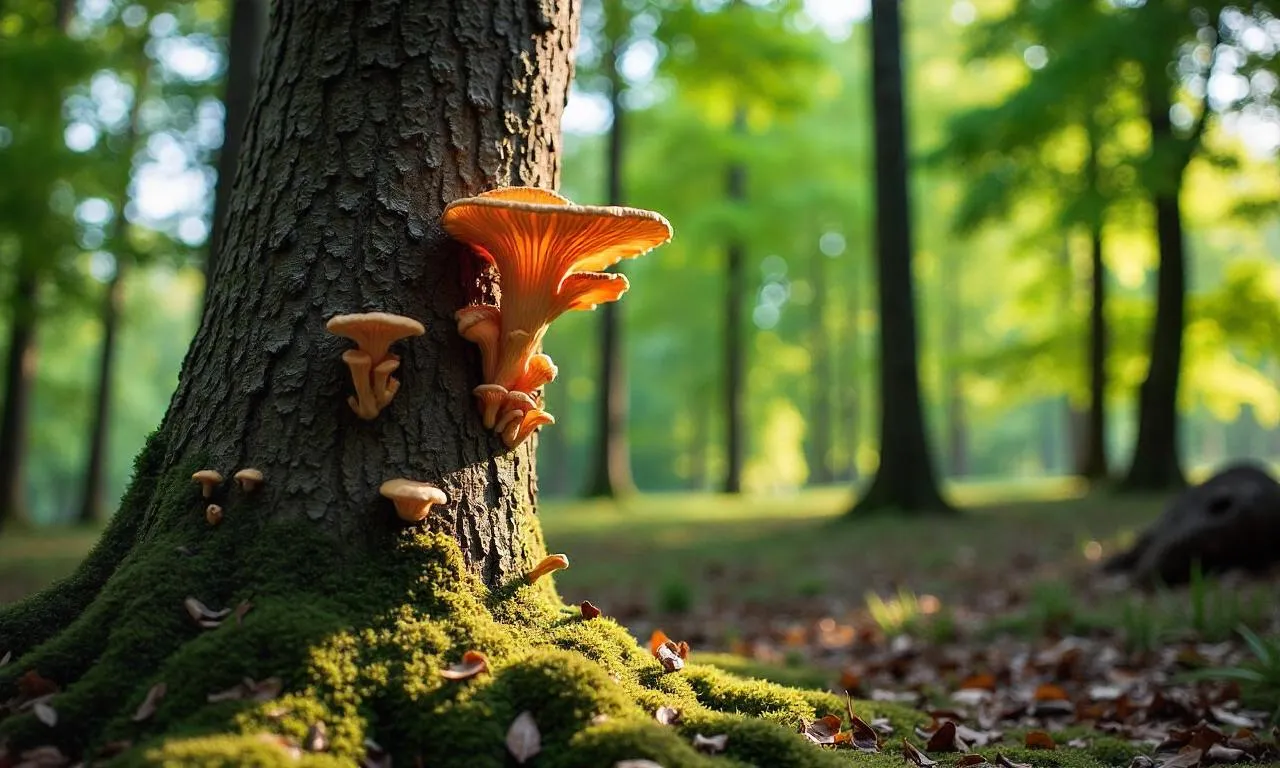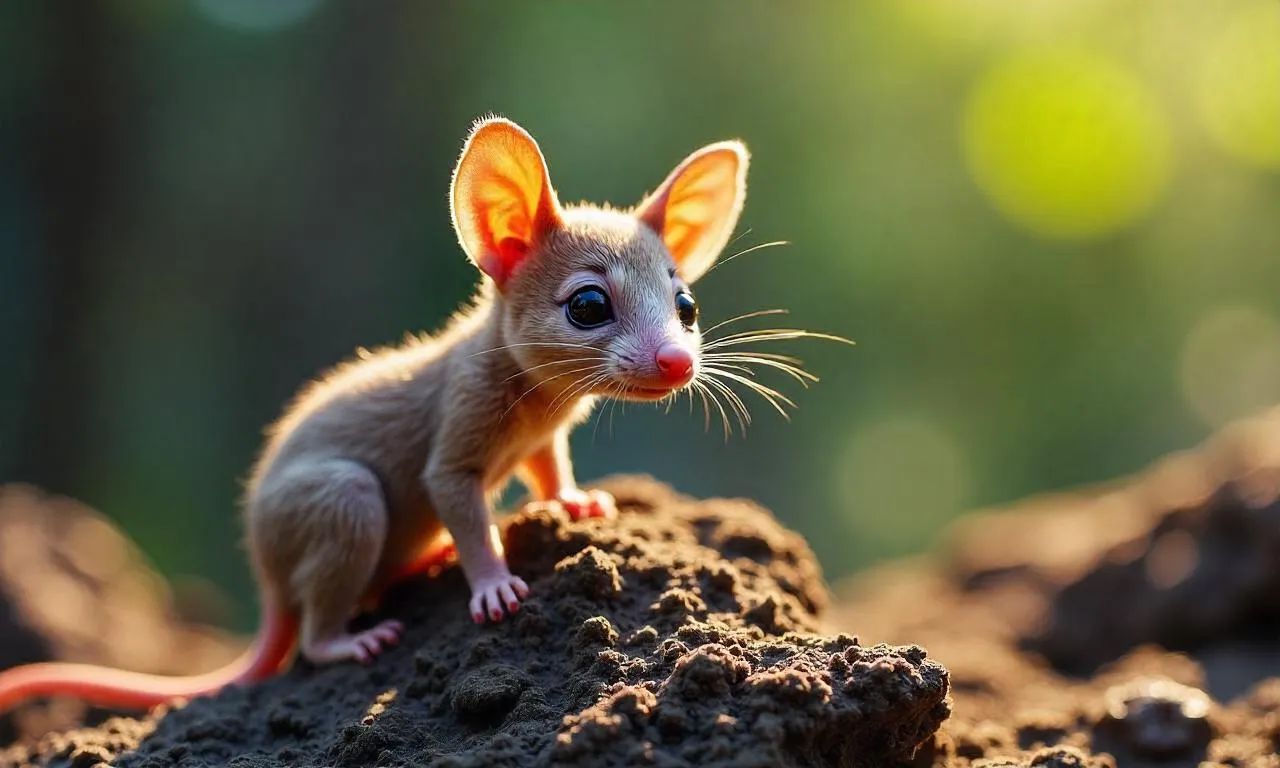How does Biodiversity Contribute to the Sustainability of an Ecosystem? – Discover the vital role biodiversity plays in sustaining ecosystems. Explore the impact of diverse life forms on ecological balance and resilience.
Table of Contents
ToggleIntroduction
Biodiversity, often referred to as the variety of life on Earth, is a fundamental component of ecosystems. It encompasses the multitude of species, their genetic diversity, and the complex interactions they engage in within their environments. In this article, we delve into the intriguing world of biodiversity and its pivotal role in ensuring the sustainability of ecosystems.
The Significance of Biodiversity
Biodiversity is the cornerstone of ecosystem health and vitality. Here’s why it matters:
Ecosystem Stability
Biodiversity enhances ecosystem stability by reducing the risk of catastrophic events. Diverse species have varying responses to environmental changes, ensuring that ecosystems can adapt to disturbances more effectively.
Nutrient Cycling
A diverse range of organisms contributes to nutrient cycling. Each species has a unique role in breaking down organic matter, recycling nutrients, and maintaining the equilibrium of essential elements.
Pest Control
Natural predators and parasites thrive in biodiverse ecosystems, helping control pest populations without the need for harmful chemicals.
Resilience to Environmental Changes
Ecosystems with higher biodiversity are more resilient in the face of environmental changes such as climate shifts or pollution, ensuring their long-term survival.

How does Biodiversity Contribute to the Sustainability of an Ecosystem?
Biodiversity contributes to ecosystem sustainability in various ways:
1. Enhanced Productivity
Enhanced productivity is one of the most compelling reasons why biodiversity is crucial for the sustainability of ecosystems. This phenomenon can be likened to a symphony, where each species plays a unique note, contributing to the harmonious and bountiful orchestra of nature.
The Mechanism
Imagine an ecosystem as a complex machine, with every species serving as a cog in the intricate gears. When this machine is well-oiled with biodiversity, it operates at peak efficiency.
Here’s how enhanced productivity works:
- Niche Specialization: Each species within an ecosystem has a specific role or niche. Some species are expert pollinators, others are adept decomposers, and some are top predators. These niches minimize competition for resources and maximize resource utilization.
- Complementary Functions: Biodiversity ensures that the functions carried out by various species are complementary. For instance, while one species may excel at nitrogen fixation, another might specialize in carbon sequestration. Together, they optimize nutrient cycling and ecosystem health.
- Ecosystem Engineers: Some species act as ecosystem engineers, altering the physical environment in ways that benefit others. For example, beavers create wetlands that provide habitats for various species and increase water retention in an area.
The Benefits
The results of enhanced productivity in biodiverse ecosystems are profound:
1. Increased Biomass Production
Diverse ecosystems tend to produce more biomass, which includes plants and animals. This surplus of organic material forms the basis of food chains, supporting a wide range of species.
2. Stability and Resilience
Highly productive ecosystems are better equipped to recover from disturbances. If one species is affected by a disease or environmental change, others can compensate, maintaining overall ecosystem stability.
3. Human Benefits
Enhanced productivity in ecosystems translates into tangible benefits for humans. These ecosystems provide more resources like food, timber, and medicinal plants. Moreover, they offer natural services such as clean air, water purification, and flood control, which are essential for our well-being.
4. Cultural and Aesthetic Value
Biodiverse ecosystems often hold cultural and aesthetic value. They are places of beauty, recreation, and inspiration, fostering a deeper connection between people and the natural world.
Conservation Efforts
Recognizing the importance of enhanced productivity in biodiverse ecosystems, conservation efforts have gained momentum. Conservationists work tirelessly to protect and restore these ecosystems, ensuring the continued flow of benefits to both nature and society.
2. Improved Ecosystem Services
Ecosystem services are the multitude of benefits that ecosystems provide to both the environment and human society. These services, which range from purifying air and water to regulating climate and providing food, are essential for the well-being and sustainability of life on Earth. Biodiversity plays a central role in enhancing these services.
3. Disease Regulation
Disease regulation is a crucial ecosystem service provided by biodiversity, often overlooked but of immense significance. Biodiverse ecosystems act as natural barriers against the spread of diseases, safeguarding the health of species within them, including humans.
4. Genetic Diversity
Genetic diversity is a cornerstone of biodiversity, and it is often described as the raw material for evolution. It refers to the variety of genetic characteristics within and between species. This diversity plays a pivotal role in ensuring the sustainability and adaptability of ecosystems.
FAQs
Q: What is biodiversity?
A: Biodiversity refers to the variety of life forms on Earth, including species diversity, genetic diversity, and ecosystem diversity.
Q: How does biodiversity affect ecosystem stability?
A: Biodiversity enhances stability by increasing resilience to disturbances and reducing the risk of catastrophic events.
Q: Can biodiversity improve pest control in agriculture?
A: Yes, diverse ecosystems support natural predators and parasites that control pest populations, reducing the need for pesticides.
Q: Why is genetic diversity important for ecosystem sustainability?
A: Genetic diversity allows species to adapt to changing conditions, ensuring the long-term viability of ecosystems.
Q: What are ecosystem services provided by biodiversity?
A: Biodiverse ecosystems offer services such as clean water, air purification, and pollination, benefiting both nature and humans.
Q: How does biodiversity contribute to disease regulation?
A: Biodiversity can limit disease transmission by regulating host populations and interrupting disease cycles.
Conclusion
Biodiversity is not merely a buzzword; it is the lifeblood of our ecosystems. Its intricate web of interactions and contributions ensures the sustainability of our planet. From enhancing productivity to regulating diseases, biodiversity’s value cannot be overstated. As stewards of the Earth, it’s our responsibility to protect and conserve this invaluable resource for the benefit of current and future generations.
















